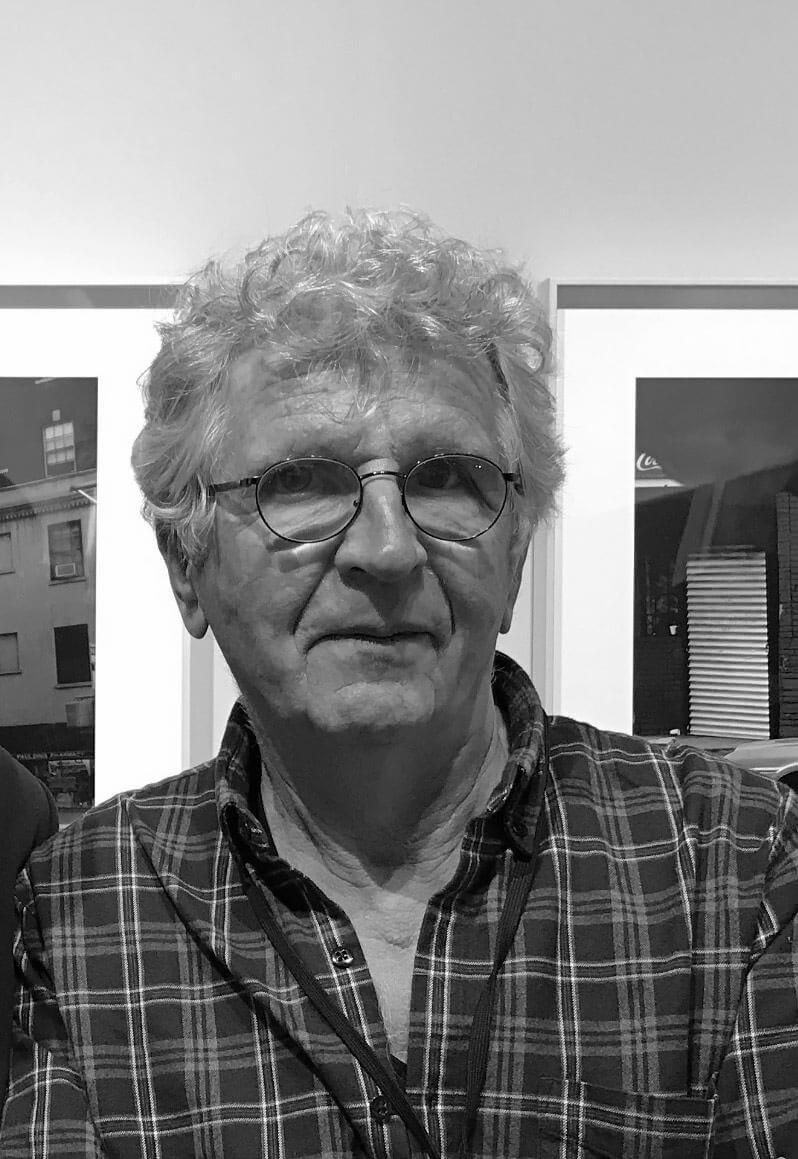Originally dreaming of becoming a film director, Harry Gruyaert studied at the School of Film and Photography in Brussels from 1959 to 1962. Shortly after he left Belgium at the age of 21, fleeing the strict catholic environment in which he was raised. Gruyaert travelled extensively across Europe, North Africa, Asia and the United States and lived in cities with a vibrant film and photography scene like Paris and London. During his first trip to New York in 1968, he discovered Pop artists like Roy Lichtenstein and Robert Rauschenberg. This encounter made him appreciate the creative potential of colour and encouraged him to search for beauty in everyday elements for the rest of his career. Around the same time Gruyaert befriended the American artists Richard Nonas and Gordon Matta-Clark and photographed their work. Further inspired by the visual impulses on his first trip to Morocco in 1969, he decided in the second half of the 1970s as one of the first photographers in Europe to commit himself entirely to colour photography.
Gruyaert's cinematographic background instilled in him an aesthetic conception of photography. Rather than telling stories or documenting the world through his lens, he searches for beauty in everyday elements. His images are simply snapshots of magical moments in which different visual elements, primarily colour, form, light and movement, spontaneously come together in front of his lens.
In his search for strong graphical images, Gruyaert focuses his camera on objects as much as on people, who are often reduced to silhouettes or rendered to plain colour fields. Unsurprisingly the countries he photographs are mostly identified by means of the subtle differences in colour palette and light, inherent to the local atmosphere, culture and climate, more than by the depicted subjects or scenes.
Among his most well-known series are 'Rivages/Edges', featuring coastal views from around the world, that Gruyaert photographed out of a fascination for the rapidly changing light in these places. In the early 1970s, while he was living in London, Gruyaert worked on a series of colour television screen shots later to become the 'TV Shots' and now part of the Centre Pompidou collection. Around that time he regularly returned to his home country Belgium. This resulted in the series 'Roots', that perfectly reflects the Belgian Zeitgeist of the 1970s and 1980s.
In 1982 Gruyaert joined Magnum Photos.
More about Irish Summers
More about Between Worlds